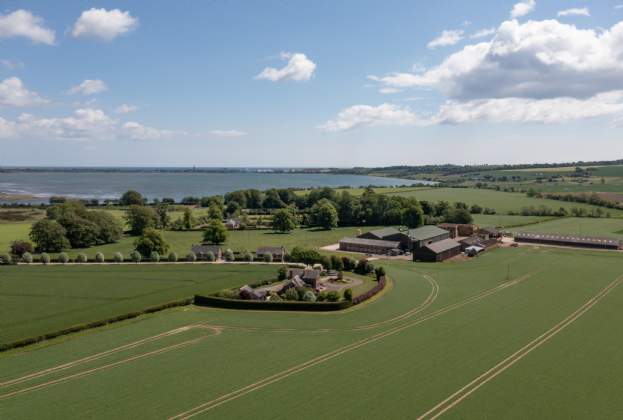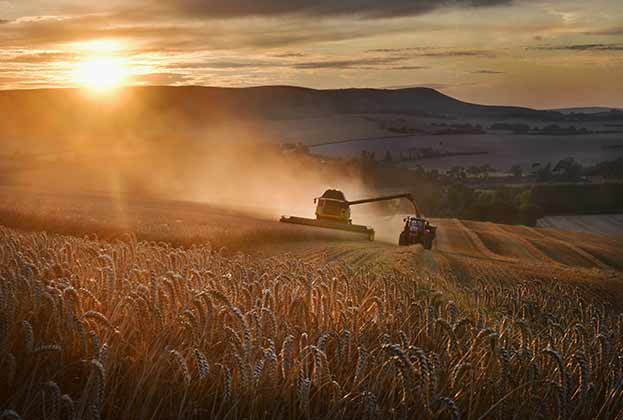Farmers are responsible for over 70 per cent of the UK countryside and carry out extensive work to encourage and protect wildlife.
The Big Farmland Bird Count is a Game and Wildlife Conservation Trust (GWCT) initiative to distinguish which farmland birds are thriving and which are in need of greater support. Its latest figures show that 40 per cent of farmers now support farmland birds through the ‘hungry gap’ – a really important use of land that may not fit in to the conventional rotation.
While it is not always a first priority, establishing wild bird feed mixes is well worth considering and can be easily achieved with a little bit of planning:
- While the temptation is to locate wild bird seed mix plots where no other commercial cropping will fit, it is important to provide sufficient shelter from the wind and predators. Thick brushy hedgerows, woodland fringe and other areas of scrub are all very useful.
- Treat wild bird seed mixes like a commercial crop. They need good weed control prior to being established, well worked seed beds and enough nutrition for the chosen plants to thrive.
- Think about the birds you are likely to see on your farm and tailor the bird food to suit. There is a wealth of information online about which farmland birds are likely to be seen in certain areas and the mixes should be tailored for them.
The Countryside Stewardship grants section of the Government website and Farm Wildlife and GWCT websites are all useful. For example, corn bunting often like cereal-based mixes, while linnets prefer linseed, mustard and oilseed rape. Some species, such as grey partridge, are less fussy and thrive on mix of cereals and oilseeds, as well as the insects that frequently live amongst flowering species and grass margins.
- Wild bird seed mix plots don’t need to be expensive or large. Often home-saved seed (or even leaving mixes to seed themselves) can be successful, although if you are seeking grant income via an Environmental Stewardship scheme (for example the Countryside Stewardship, which opened for applications in February 2019) you will need to make sure you are compliant with the terms of that agreement.
- Finally, monitor what activity you see in your wild bird seed mix plots (the Big Farmland Bird count is a good initiative to get involved in) and don’t be afraid to make changes if needed.
Of course, supplementary feeding using leftover grains or small seeds along farm tracks or access ways is a great way of feeding birds through the late winter period too.
A successful wild bird mix will deliver an abundant supply of small seeds during the autumn and winter, providing a welcome food source for farmland birds, and the flowers will attract a number of beneficial insects, such as bumblebees, butterflies and hoverflies, during the summer.
Further information
Contact Savills Food & Farming

.jpg)
.jpg)
.jpg)



.jpg)
.jpg)
.jpg)
.jpg)